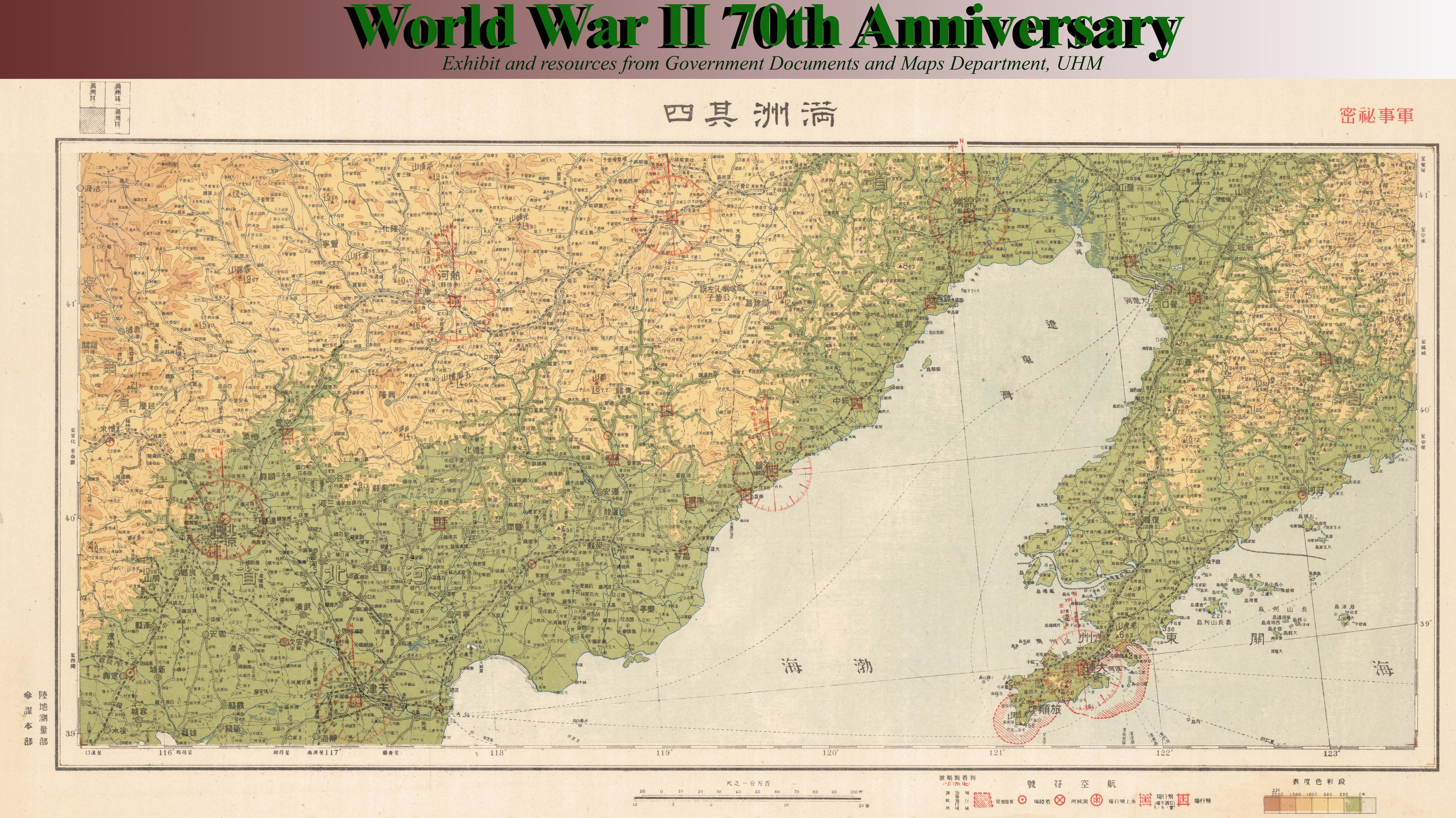Soviets capture key cities in Manchuria; Japanese coup d'état attempt; medical supplies parachuted into POW camps in Japan

August 16, 2015-August 22, 2015
Location: Government Documents
On August 15 the Japanese Emperor's announcement of the nation's acceptance of the Potsdam Declaration, recorded the previous day, is radio broadcast to a stunned people. For a nation whose infrastructure is on the verge of collapse, a navy demolished, and a populace malnourished and exhausted after fourteen years of war, the imperial rescript baffles for its understatement. For the Allies, and millions across the globe, including those of the occupied and colonized countries of Asia and the Western Pacific, Japan's surrender is a momentous, emotional event.
Not all Japanese units surrender; there are pockets of fighting, and POWs are slaughtered. Massive volumes of incriminating documents are burned throughout the former empire. The Soviets push forward into Manchuria, Korea, southern Sakhalin, and the Kurile Islands. In the ensuing power vacuum, leaders in China and Vietnam make their moves for territorial gains and political power.
Meanwhile, reports begin to reach the highest echelons of the US government about radiation sickness suffered as a result of the atomic bombs dropped on Hiroshima and Nagasaki.
See a facsimile of Emperor Hirohito's Imperial Rescript on the Termination of the War in the Hamilton Library lobby display case (August only).
Newsmap. Monday, 27 August, 1945: week of 14 August to 21 August.
Text chart of the history of Japan's empire from 1895 to 19 August, 1945. 4 maps: Japanese empire, 1931; Japanese empire, Dec. 1941; Japanese empire, Aug. 1942; Japanese holdings as war ended. Verso: "Please...get there and back!": contains photographs and text about the Army Transportation Corps. Includes picture of a woman's face.


- View this map in print in the Map Collection reading room, ground floor of UHM Hamilton Library, the week of 16 August 2015
- View this map online through the University of North Texas Digital Library ( http://digital.library.unt.edu/ark:/67531/metadc858/)
Notes: Newsmaps were color posters issued by the U.S. Army and the Government Printing Office (GPO) on Mondays during the World War II. They combine maps, images, and news from the previous week’s war effort.

